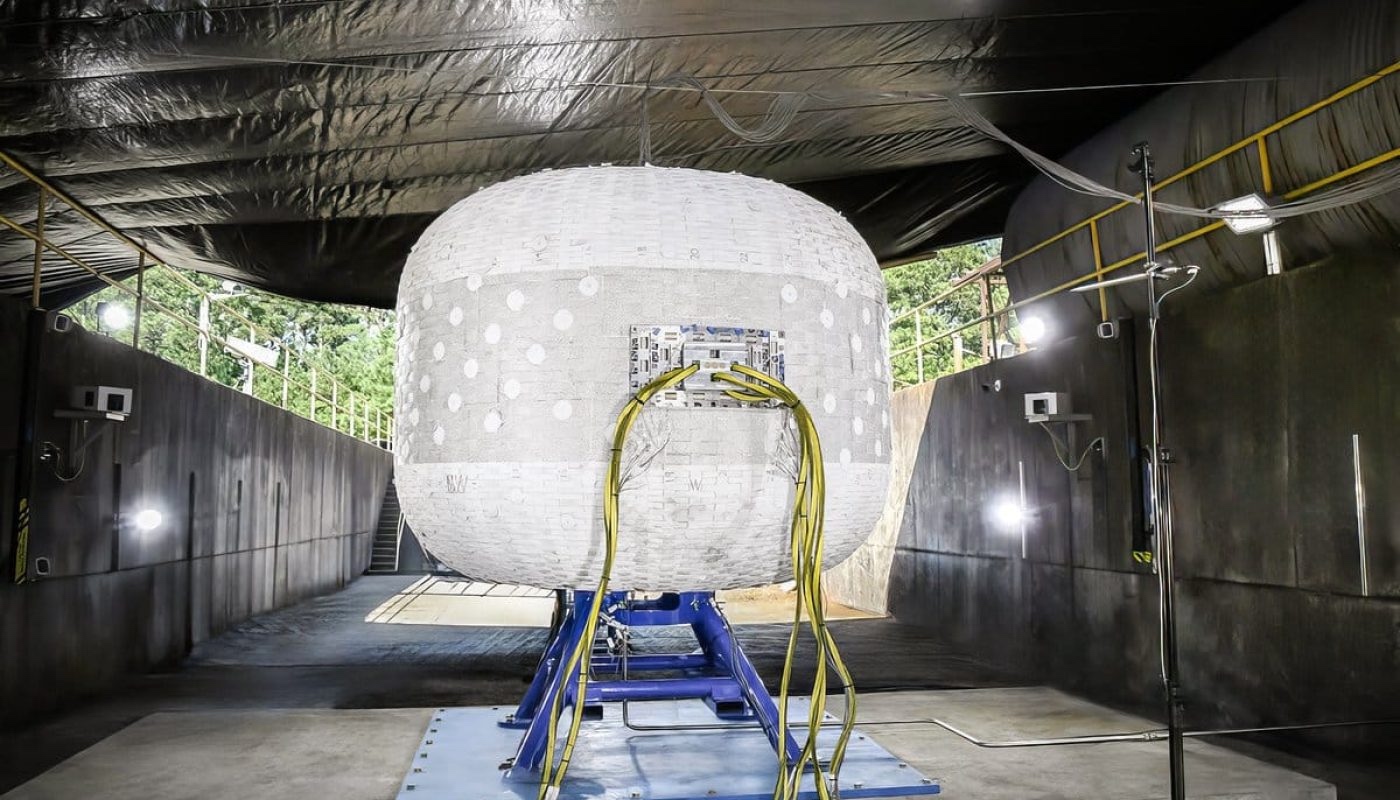KIHEI, Hawaii — Sierra Space conducted another test of its inflatable habitat technology, demonstrating that the module exceeds its requirements even with the addition of a window in its fabric structure.
The company announced Sept. 20 that it performed the fifth in a series of tests of subscale versions of its Large Integrated Flexible Environment (LIFE) inflatable module. The burst test, conducted at NASA’s Marshall Space Flight Center in collaboration with ILC Dover in August, increased the pressure of the module until it finally burst.
A key difference from previous tests was the inclusion of a metallic structure called a blanking plate on the exterior of the module. The plate represented a window that would be installed on full-scale versions of the module to see how the structure would affect its strength.
“It was natural in our progression of testing,” said Shawn Buckley, senior director of engineering at Sierra Space, in an interview. Engineering analysis showed how the inclusion of the structure would maintain adequate margins. “But the only true way in soft goods, and soft goods structures, to really verify that data,” he said, “it to take it through an ultimate burst test.”
Even with the inclusion of the metallic plate, the module burst at 20% higher pressure than the previous test, without the plate. “Not only did we infuse the metallic plate into the article, but we found key areas from the previous tests that we want to improve,” he said, resulting in the improved results. The module now has a 33% margin over the certification standard for the full-scale LIFE module.
The next step is to perform similar testing on a full-scale prototype. That will be just the latest in a series of “gates” in the overall testing, Buckley said, that focuses on various layers of the overall LIFE design, including minimizing leaks and testing its resistance to micrometeoroid and orbital debris impacts.
“Over the next 24 months, we’ll move through a series of gates and we’ll start developing our hardware that supports what we just did in this test,” he said. “Flight hardware will come within the next 24 to 36 months.”
Sierra Space is developing LIFE as one of the components of the Orbital Reef commercial space station it is working on with Blue Origin and other companies. Sierra Space has also proposed flying a LIFE module as a standalone pathfinder that could be used for commercial research before Orbital Reef.
The test took place in the flame trench at the test stand at Marshall once used for the Saturn 1 and 1B rockets. The area is ideal for containing debris from the burst test, Buckley said, but it had added other benefits.
“We chose it for pure inspiration,” he said. “If you drive in front of that and then think about the history that has happened in that flame trench, I will tell you I was inspired.”
